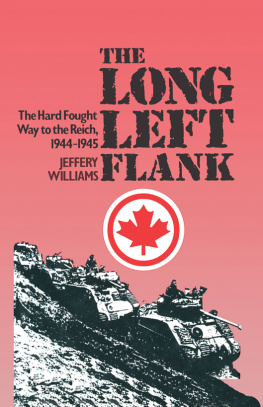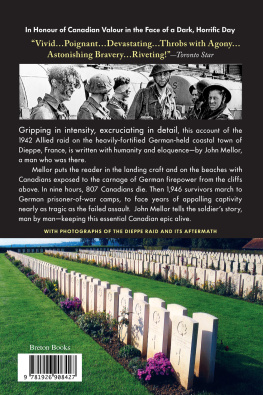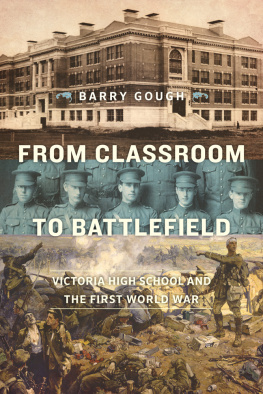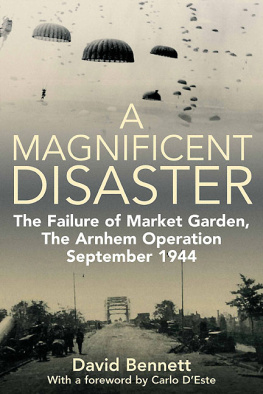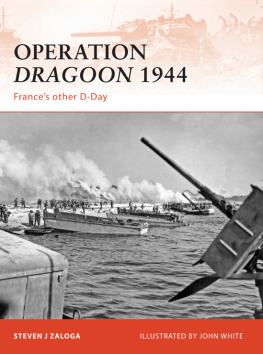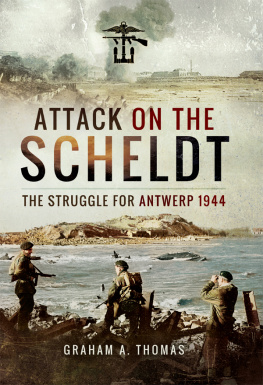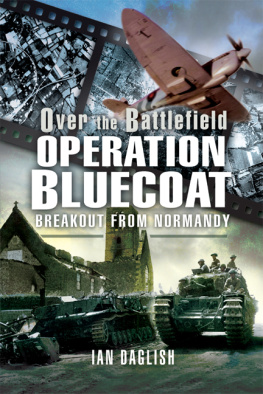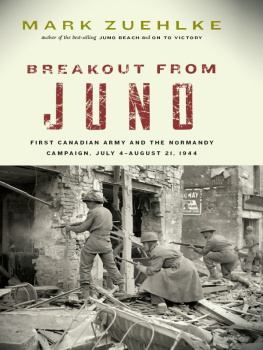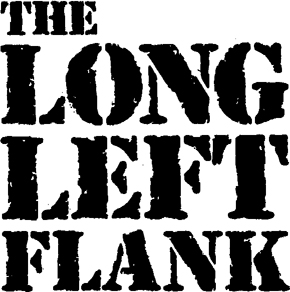By the same author:
Princess Patricias Canadian Light Infantry
Byng of Vimy, winner of the Governor Generals Award
The Hard Fought
Way to the Reich,
19441945
JEFFERY
WILLIAMS
Leo Cooper
First Published in Great Britain in 1988 by Leo Cooper Ltd.
Leo Cooper is an independent imprint of
the Heinemann Group of Publishers,
10 Upper Grosvenor Street,
London WIX 9PA.
LONDON MELBOURNE JOHANNESBURG AUCKLAND
Copyright Jeffery Williams 1988
ISBN: 0-85052-8801
Printed in the United States
CONTENTS
During most of First Canadian Armys operations, I was a staff officer at General Crerars headquarters, one of the captains and majors who assembled intelligence about the enemy, kept a detailed track of the battle across the Armys front, saw that the right ammunition was available at the right time and place, that replacement tanks and guns went to those who needed them most, that traffic flowed smoothly on inadequate roads and that the Army was fed, housed and cared for to the best of our ability. War being what it is, our performance was seldom perfect. Much of our time was taken in plugging holes replacing a key signals vehicle which had been blown up or rushing a special unit to where it was needed. Caring for the troops usually came down to such basics as ensuring that they suffered no avoidable discomfort nor walked a mile further than necessary.
In retrospect, I was privileged in that, to do my job, I had to know what was happening each day in every part of the Army and what was planned for the future. In short, I was a witness to its operations and my own part in them is not worth mentioning.
In the autumn of 1944, looking at the situation map one day, I was struck by an uncomfortable sense of dj-vu. Except in detail, the lines of the opposing forces from the Swiss border to the North Sea bore an ominous resemblance to the Western Front in 1917. But this was 1944 and we were all determined that the mistakes and the poor generalship of the First World War would never be repeated. Now our equipment was better, our men were highly trained and we believed in our generals. That last thought, oddly enough, reminded me at the time of the words of a Canadian veteran, a sergeant in the CEF in the 1918 War, to a clever college boy, Say one more word against Haig, you little pansy, and Ill knock you flat!
I later came to realize that there were many similarities between the Western Fronts and the First and Second World Wars, one of which was the sacrifice demanded of the infantry. The example of my own regiment, The Calgary Highlanders, was typical. If I seem to mention them more frequently than others, it is because I know their story best.
Canadians, British, Poles, Americans, Dutch, Belgians and French all fought together in First Canadian Army. As in any large force only a surprisingly small proportion of its soldiers ever came face to face with the enemy. Those who did not viewed those who did with a certain unadmitted humility which cannot be forgotten. Yet today their achievements are largely unknown to generations who owe them their freedom.
In writing this book which is my own tribute to them, I have been helped by many who served in First Canadian Army and who share my admiration for their former comrades. Among those to whom I am particularly grateful are Lt-Colonel Lawrence Dampier for access to his unique collection of operational documents, the late Lt-Colonel Ronald Kerfoot who gave me his operational maps, and Brig-General and Mrs Denis Whitaker for copies of unit war diaries.
For their personal accounts of episodes of the North-West Europe campaign, I am indebted to the late Major-General J.M. Rockingham, Colonel E.F. Bastedo, Major-General Roger Rowley, the late Lt-Colonel Charles Askwith, Major-General George Kitching, Brig-General W.K. Lye, Major H.J.S. Pearson, Lt-Colonel F.H. Clarke, Lt-Colonel D.G. MacLauchlan, Rt Hon George Hees, Lt-Colonel Vernon Stott, Lt-Colonel Mark Tennant, Major W.L. Lyster, Major W.J. Riley, Colonel Sam Nickle and Major Don Munro; for their advice and their unique views of some of the principal personalities involved, to Commodore William Hayes, Colonel C.P. Stacey, Colonel C.R. Simonds and the late Major-General E.K.G. Sixsmith.
Others who loaned material or who helped with the project were Lt-Colonel R.G. Woodhouse, Somerset Light Infantry; Lt-Colonel David Ward, Kings Own Scottish Borderers; Lt-Colonel and Mrs. E.H. Shuter, Mrs. V.R. Schjelderup; Capt Harold Kenny, Princess Patricias Canadian Light Infantry; Dr Carl Christie, Dr Jean Pariseau and Mr Paul Marshall of the Directorate of History, Ottawa; Dr Ian McClymont and Miss Barbara Wilson of the Public Archives of Canada; Mr J.W. Hunt and Mr M.G.H. Wright of the Royal Military Academy, Sandhurst; Mr Roger Suddaby and Mr Willis of the Imperial War Museum, London.
The project could not have been undertaken without the assistance of the Canada Council who made a most generous contribution to its cost.
The Directorate of History, National Defence Headquarters, Ottawa, authorized us to reproduce the excellent maps from Volume 3 of The Official History of the Canadian Army and where possible, these have been used. Other original maps have been drawn by Captain R.C. Read, former Assistant Hydrographer of the Royal Navy, for whose advice and help during the production of the book, I am especially grateful.
As she did when I have written other books, my wife has walked battlefields in the rain, helped with research and indexing, acted as secretary and typed every word more than once. She knows how grateful I am.
Canada began mobilizing for war even before the Germans marched into Poland and her 1st Division arrived in Britain before the end of 1939. In the years which followed, the force in England grew to a complete field army of three infantry and two armoured divisions, two independent armoured brigades and groups of medium and anti-aircraft artillery, organized into two army corps with an appropriate mix of Army and Corps Troops. With base and reinforcement units its strength was 232,000 soldiers of all ranks. All were volunteers.
The 1st Division went to France in 1940, after the evacuation of the BEF at Dunkirk, but was withdrawn by the British War Office before it met the enemy. There followed the raid on Spitzbergen, then three years of training, punctuated only by the 2nd Divisions disastrous raid on Dieppe in August, 1942. The time soon came when the troops had learned everything that peacetime training could teach. Discipline was good, the men hard and fit. Staleness and boredom became the Armys greatest problems. As time went by it became obvious that First Canadian Armys purpose in life was to defeat the German army in North-West Europe. Lt-Gen A.G.L. McNaughton, its commander, once described his force as a dagger pointed at the heart of Berlin.
In April, 1943, when it was decided that the 1st Canadian Division and the 1st Armoured Brigade would be sent to the Mediterranean to take part in the landings in Sicily, it was understood by both the Canadian and British authorities that they would return to the United Kingdom in time to take part in cross-channel operations, presumably in 1944. Apart from a wish to take a more active part in the War, the primary purpose of the operation was for Canadians to gain battle experience.

